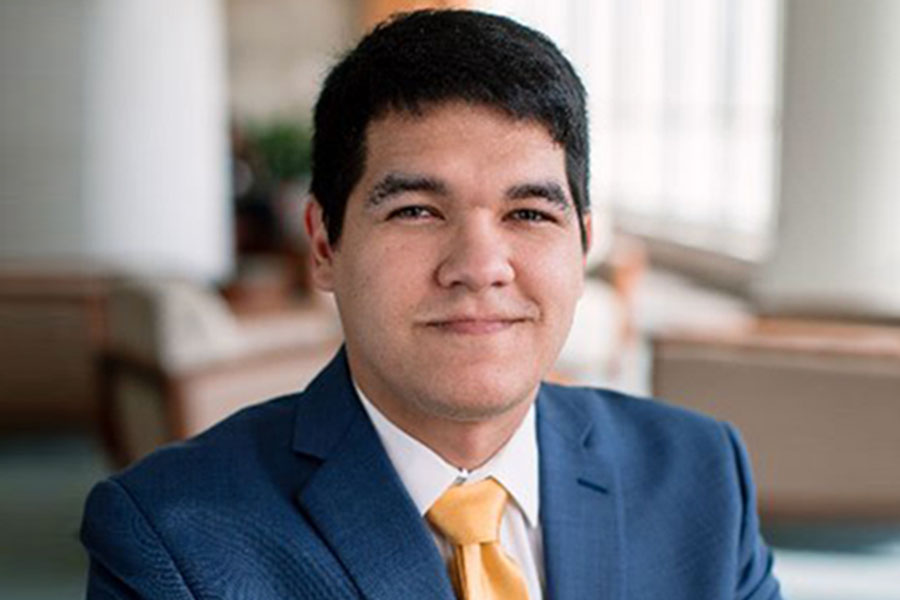
Though up to his ears in work as a medical student, Sinibaldo Romero Arocha volunteered for countless hours at Minneapolis’ Phillips Neighborhood Clinic.
Experiences there opened his eyes to gaps in education at the U of M Medical School.
“I was exposed to a unique health disparity, which is language access,” explains Romero Arocha, a native of Venezuela. “A lot of our patients didn’t speak English, period. A lot of the patients didn’t know how to read in any language. It caught my attention that in our medical school, we don’t really have training for that kind of situation.”
Along with the national Latino Medical School Association, Romero Arocha proposed a Medical Spanish pilot program to improve students’ fluency and ability to care for Spanish-speaking patients. After lengthy written proposals and talks with faculty and Medical School Dean Jakub Tolar, the team’s vision was greenlighted.
“I’m grateful to be part of a school that’s so open-minded and receptive to feedback,” Romero Arocha says. “I don’t know if every medical student has that much access to their faculty.”
Assistant Professor Michael Kim and Associate Professor Katherine Murray will help launch the Medical Spanish pilot program in spring 2023.
Two languages, two degrees, two passions
Besides his medical studies at the U of M, Romero Arocha is pursuing a Ph.D. in stem cell biology at the National Institutes of Health and Oxford University in England. Although in England now, he intends to stay involved.
Recruiting for the pilot program’s inaugural cohort begins in January, he reports. The students will receive intensive training for 10 weeks and join a group of peer medical students who share their interest in medical Spanish.
“We are all so excited about the program,” Romero Arocha says. “We invested so much in this, we want to see it through. And the fact that we are receiving so much support from faculty is extra motivation to deliver a really good final product.
“Sometimes it’s hard to tell if what you’re doing is the right thing. When you’re in the clinic at 10 p.m. and you have a test the next day, you’re like, ‘Man, is this the best thing to be doing?’ But social activism and volunteerism are things I’m passionate about. That’s the kind of student I want to be.”
Read a Q & A with Sinibaldo Romero Arocha from the Medical School.
- Categories:
- Health
- Culture and diversity
- Languages
- Medical




